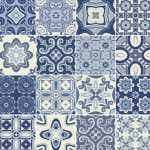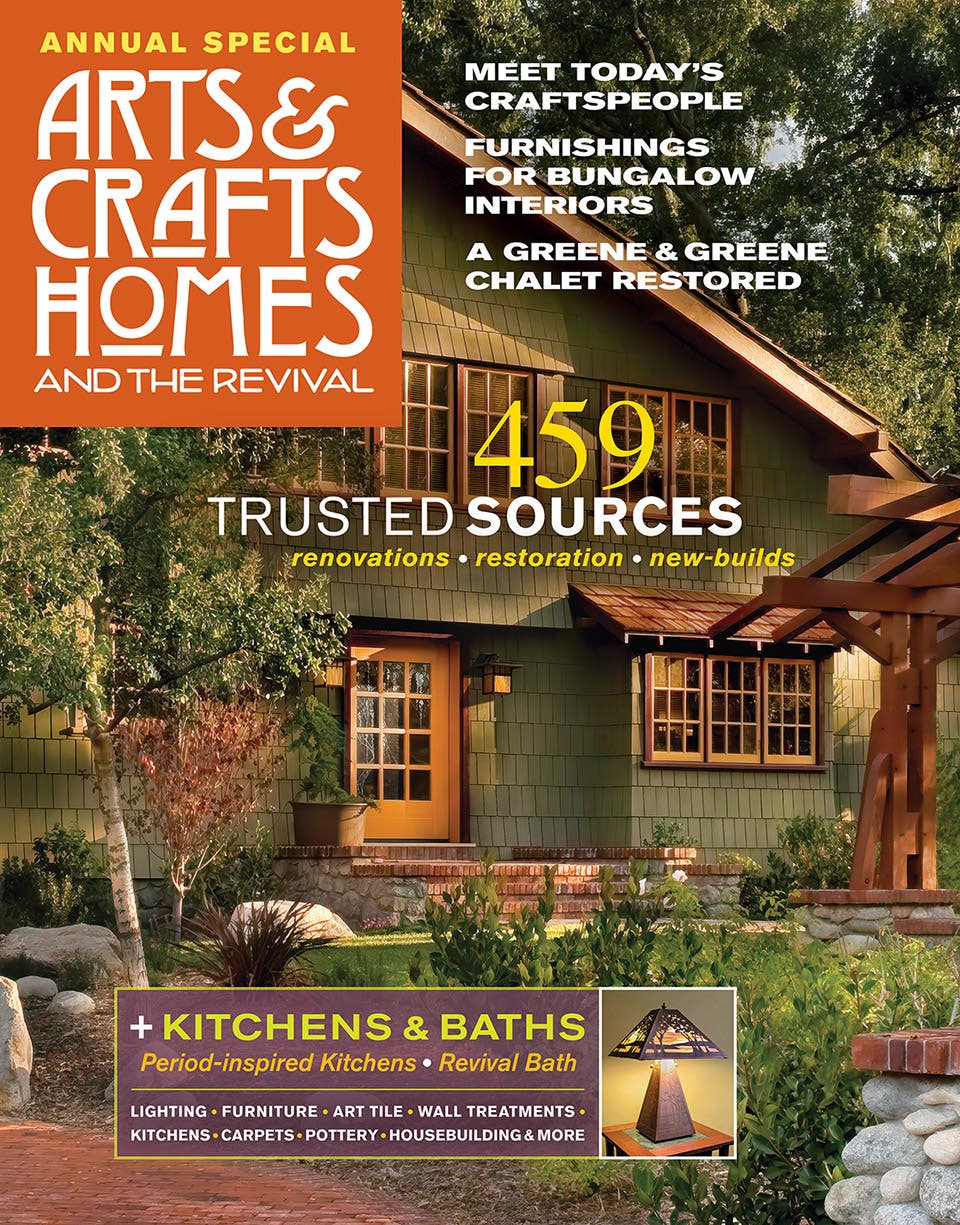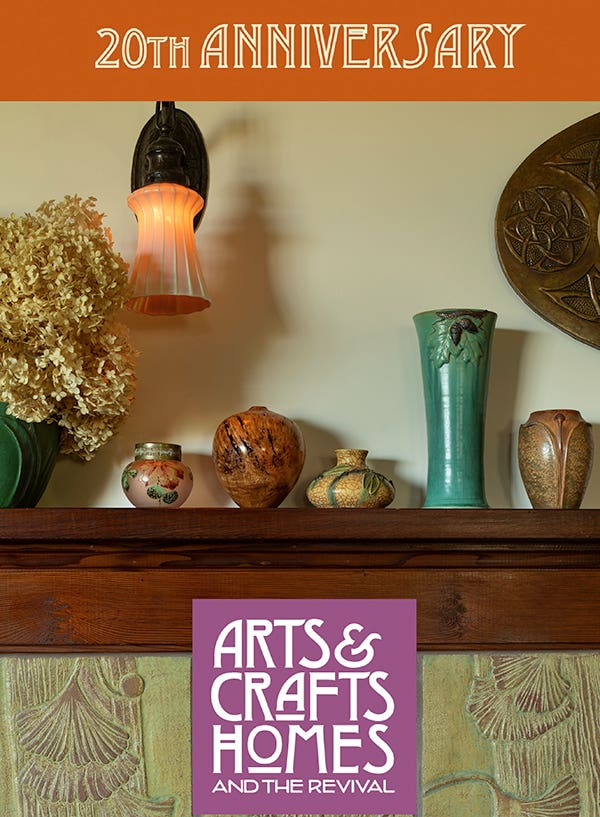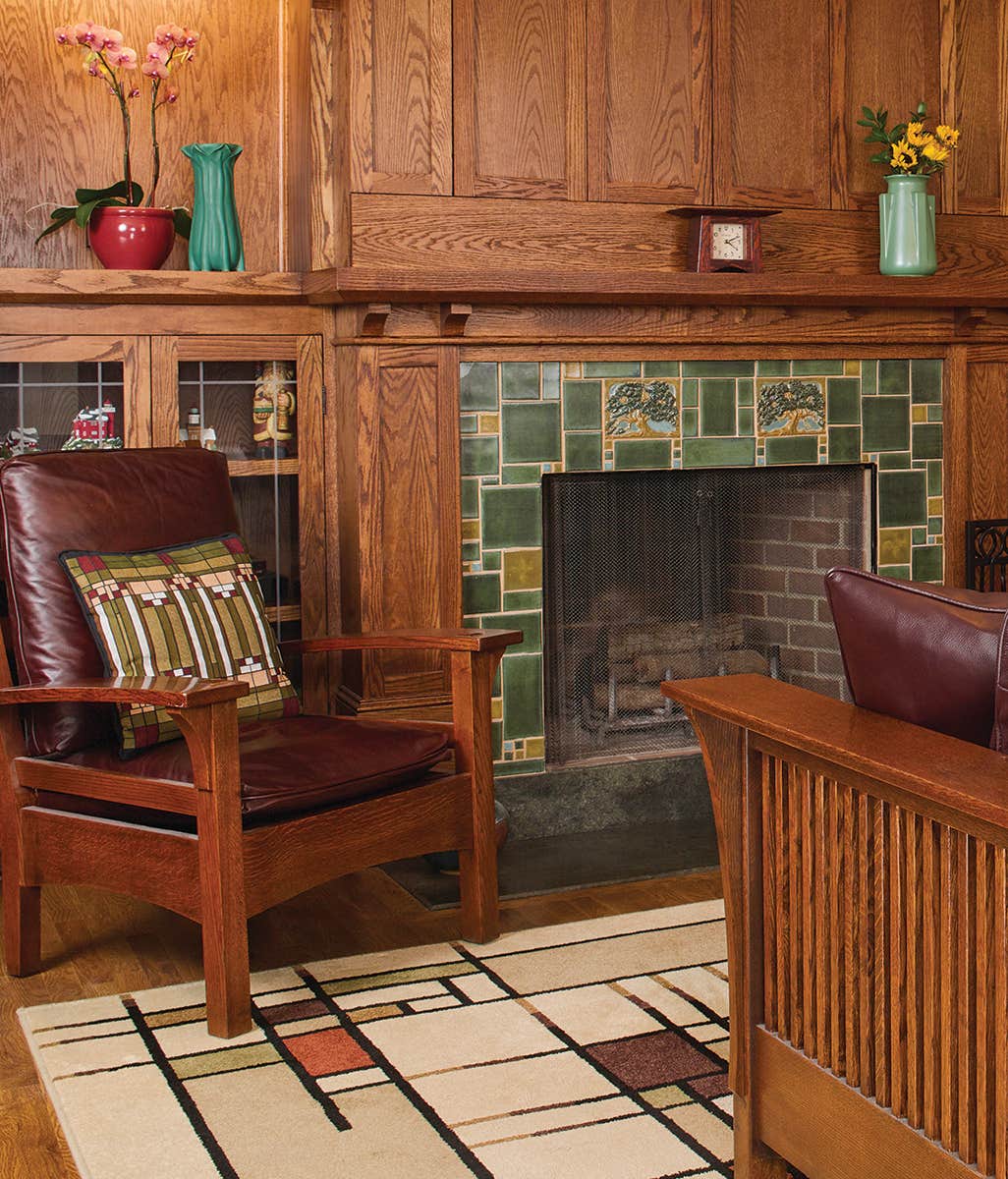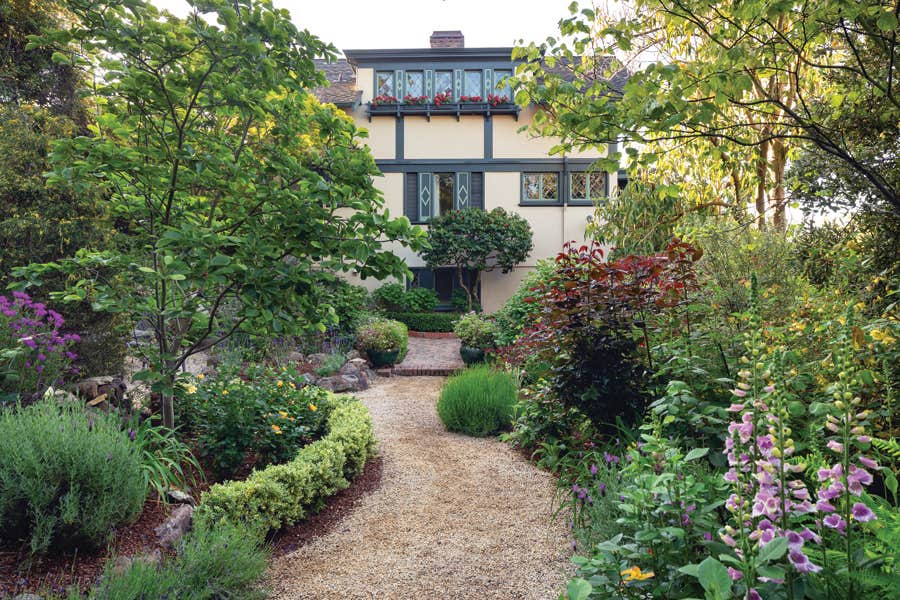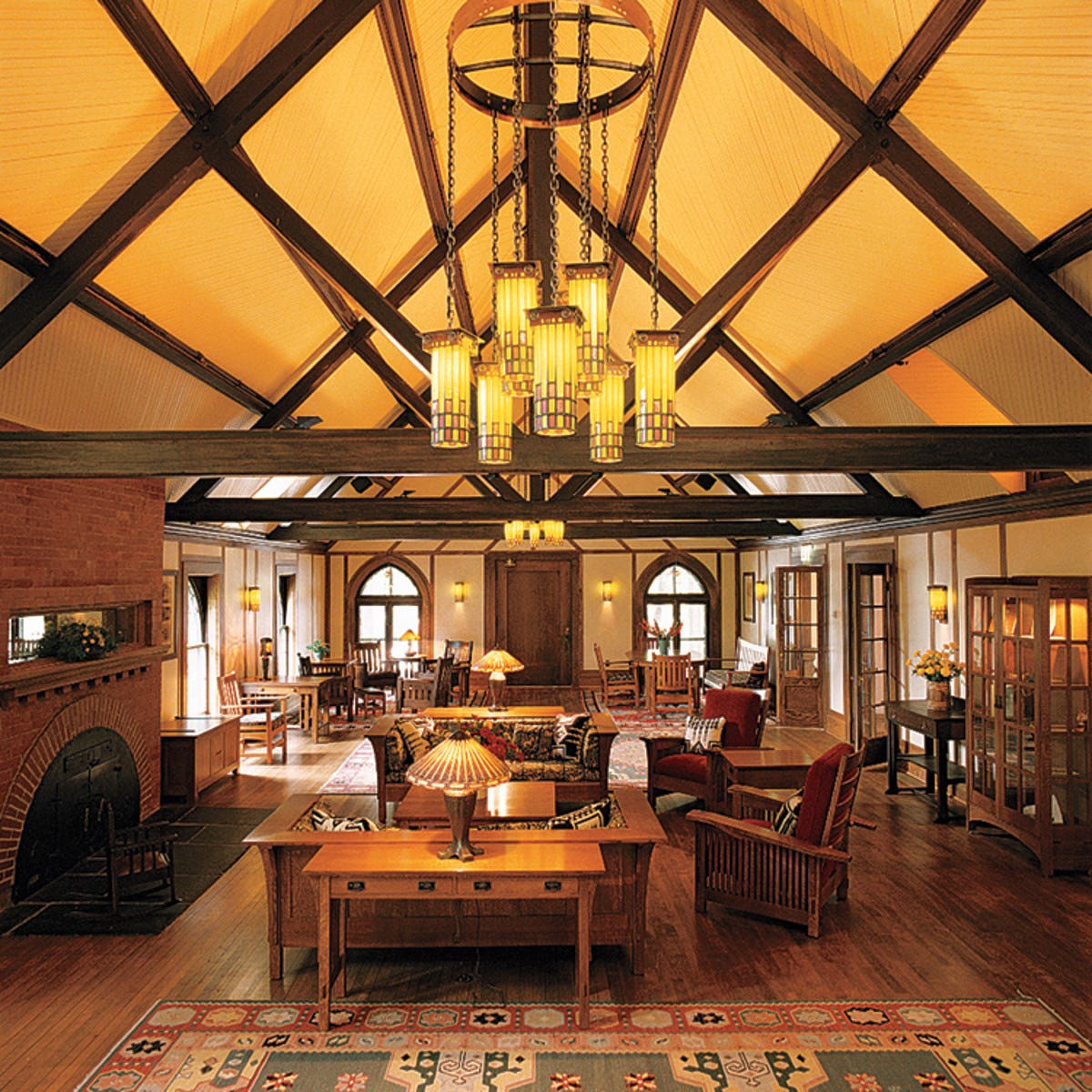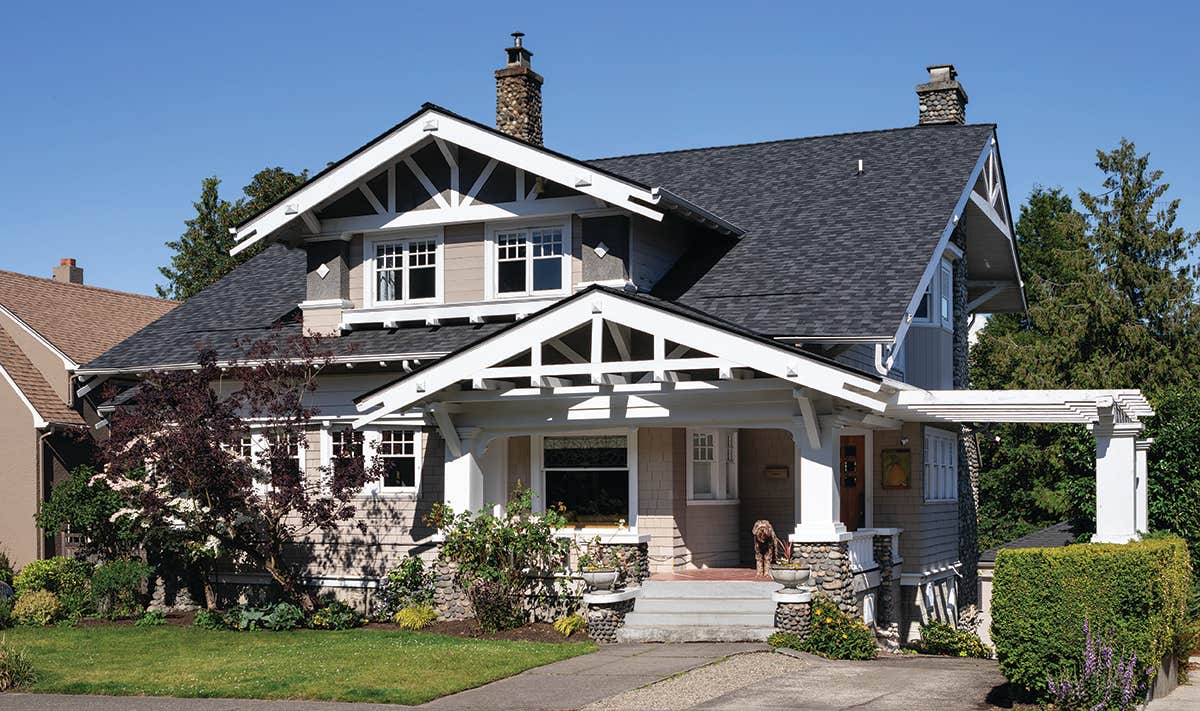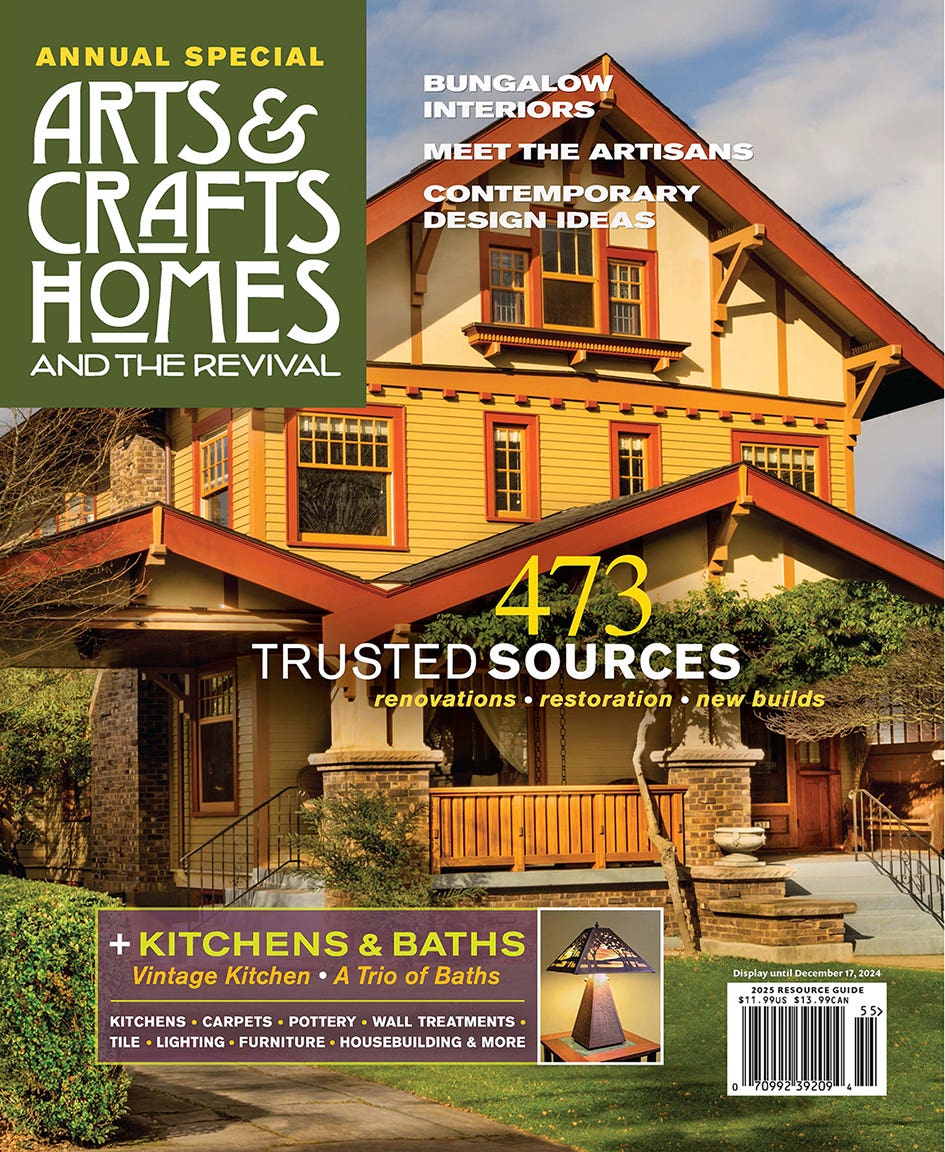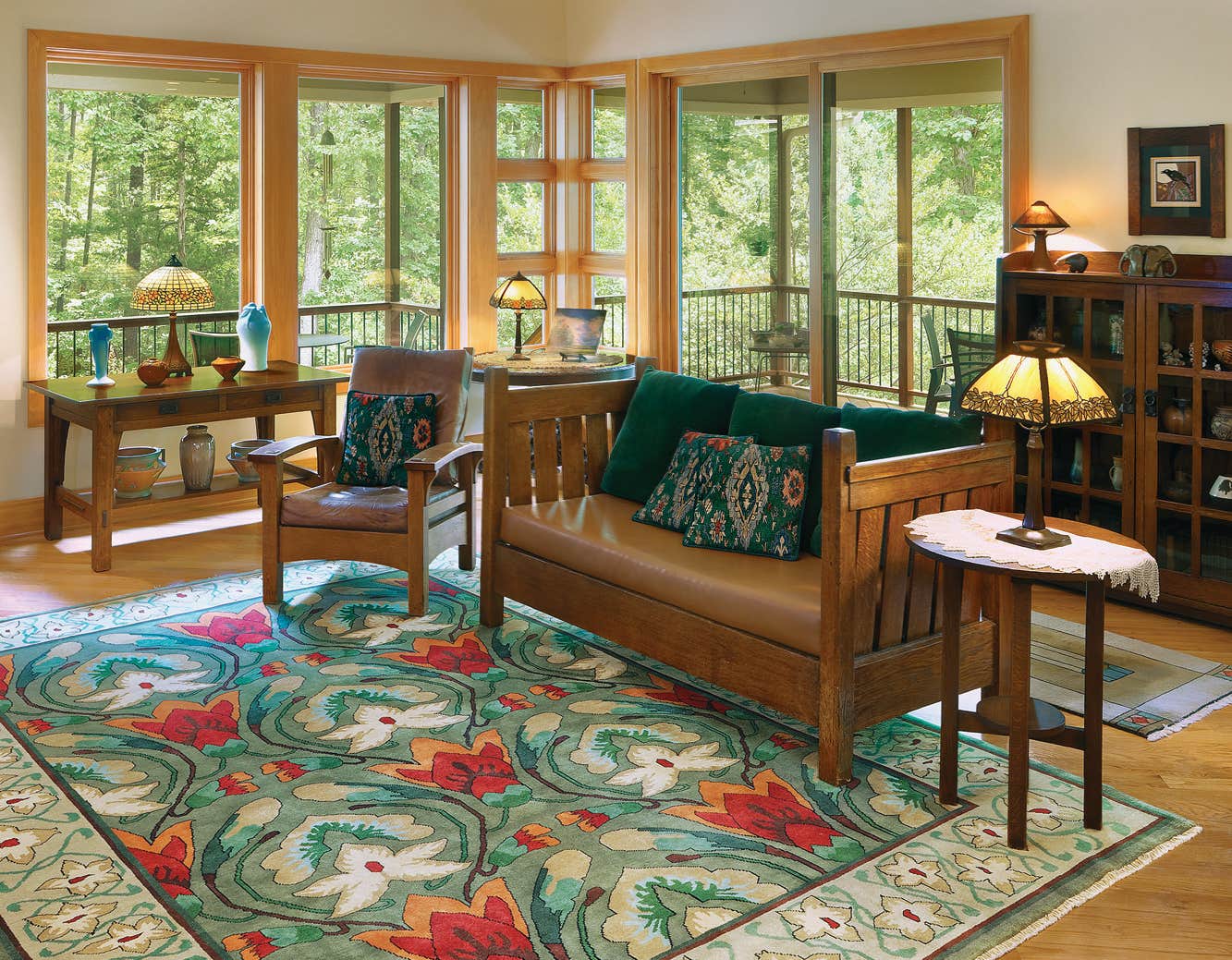Don’t Discount Your Home’s Exterior Statement…
Material often defines the architecture not just of bridges and skyscrapers but even of the most common American houses. Federal homes are brick in the South, wood- frame and clapboard in the North. International Style is concrete, and Shingle Style speaks for itself. But what of Arts & Crafts buildings?
Architecture: It’s More Than Skin Deep!
Material often defines the architecture not just of bridges and skyscrapers but even of the most common American houses. Federal homes are brick in the South, wood- frame and clapboard in the North. International Style is concrete, and Shingle Style speaks for itself. But what of Arts & Crafts buildings?
The cladding material is not a reliable style marker for Arts & Crafts houses, despite their association with the use of wood. “Craftsman” homes often follow the vernacular, built of brick in post-fire Chicago and redwood in California, or cedar-shingled near the shore. The iconic buildings of the movement are cases in point: the Gamble House in Pasadena has board-and-batten siding, the house at Craftsman Farms in New Jersey is log construction, the Midwest’s Prairie dwellings are often stuccoed, and Asheville’s Grove Park Inn is made of stone.
Sometimes the exterior cladding provides a clue; stucco, for example, may suggest English or Spanish inspiration. Yet it’s possible to find the same planbook bungalow built several ways, here with pebbledash and there with clapboards, or with fancy-cut shingles in the gable; brick porch piers on one, river-rock on the second.
All of which supports the musing that Arts & Crafts is not a style, but rather an approach to building, with consideration for local practice and for the materials and skills at hand.
Patricia Poore is Editor-in-chief of Old House Journal and Arts & Crafts Homes, as well as editorial director at Active Interest Media’s Home Group, overseeing New Old House, Traditional Building, and special-interest publications.
Poore joined Old House Journal when it was a Brooklyn-brownstoner newsletter in the late 1970s. She became owner and publisher and, except for the years 2002–2013, has been its editor. Poore founded the magazines Old-House Interiors (1995–2013) and Early Homes (2004–2017); their content is now available online and folded into Old-House Journal’s wider coverage. Poore also created GARBAGE magazine (1989–1994), the first unaffiliated environmental consumer magazine.
Poore has participated, hands-on, in several restorations, including her own homes: a 1911 brownstone in Park Slope, Brooklyn, and a 1904 Tudor–Shingle Style house in Gloucester, Massachusetts, where she brought up her boys and their wonderful dogs.
